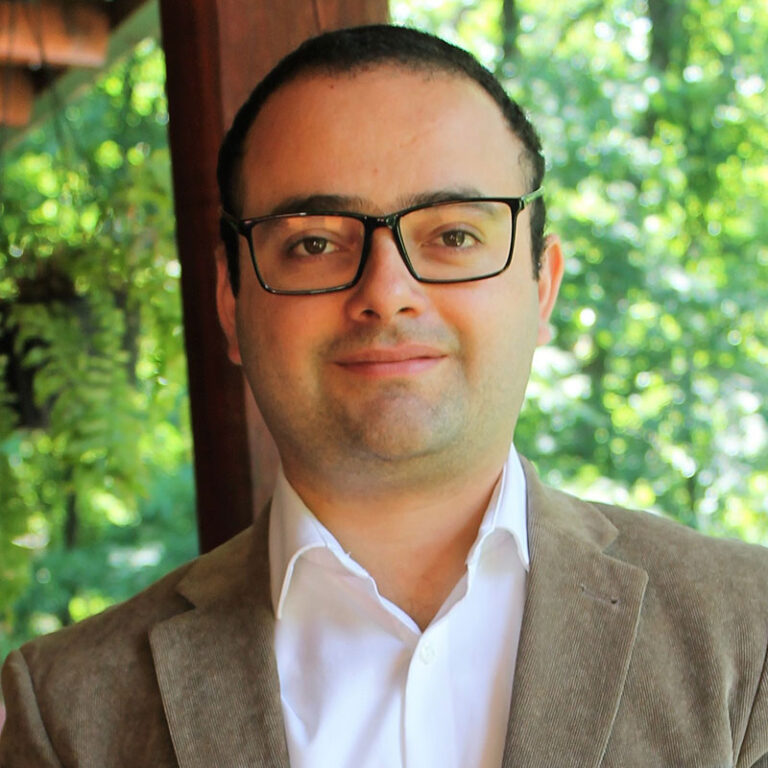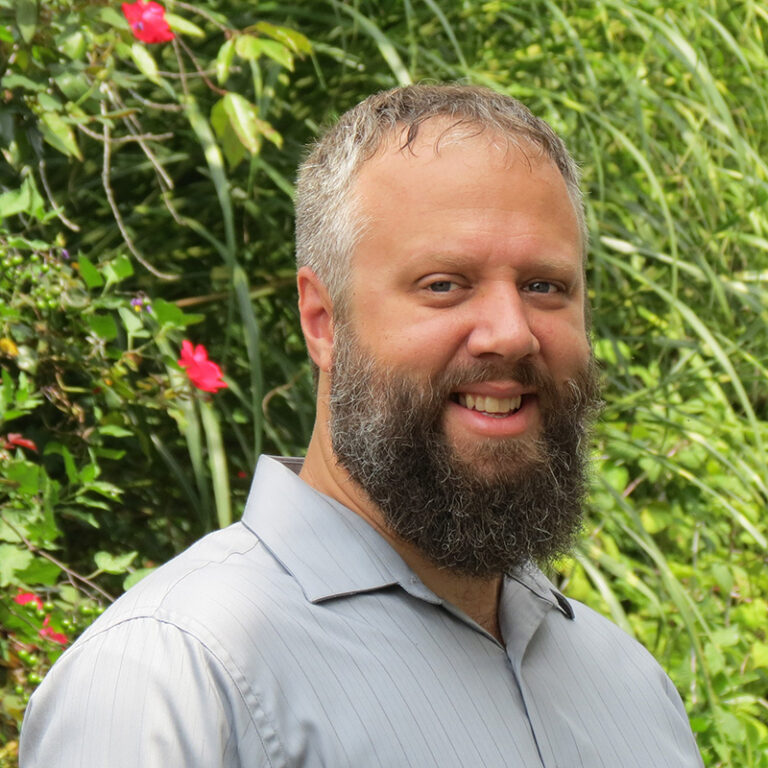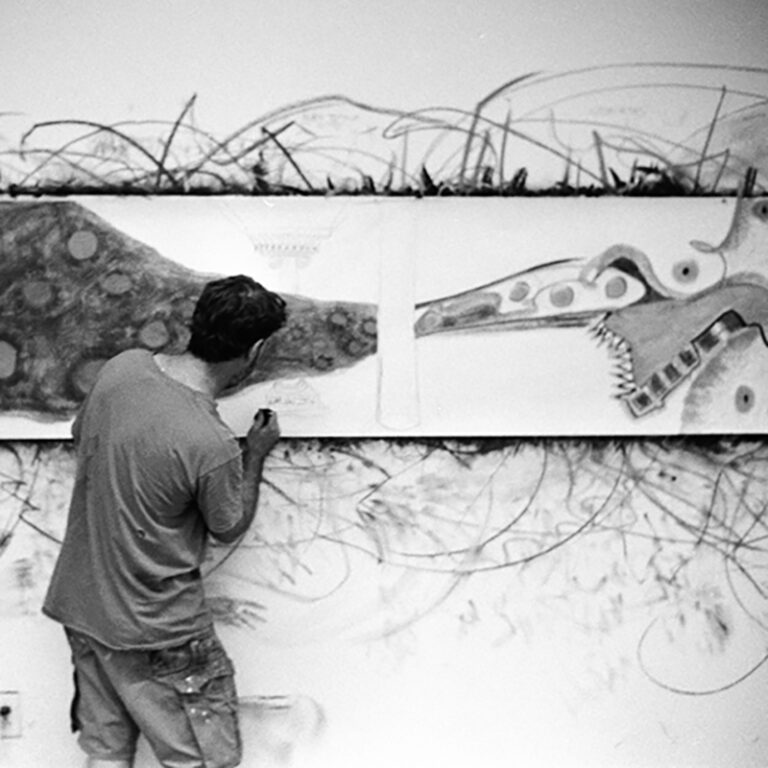Allan is investigating how prescribed burns affect the spread of laurel wilt, an invasive insect-vectored fungal disease caused by Harringtonia lauricola.
Thematic Area(s):
- Biology, ecology, & ecosystem dynamics
- Detection, management, prevention, & eradication
- Restoration ecology


























